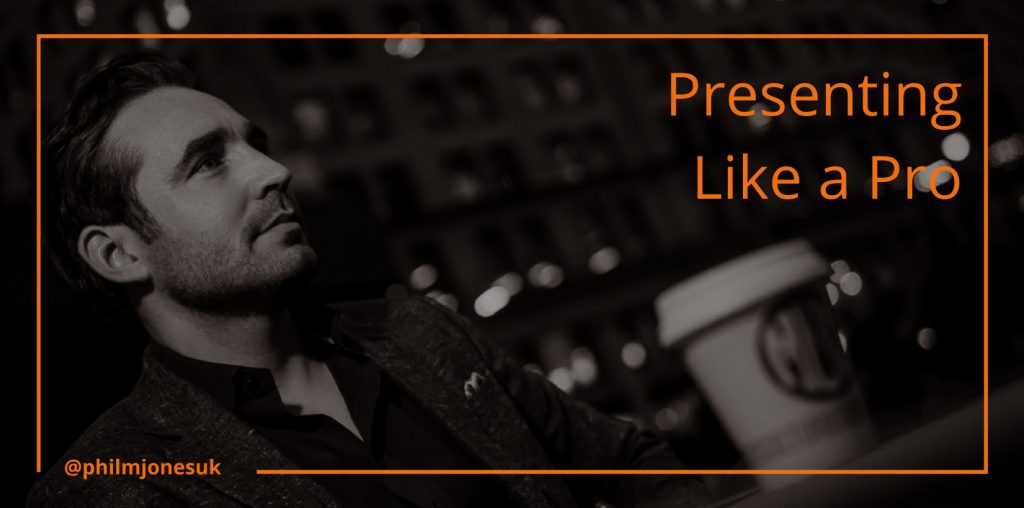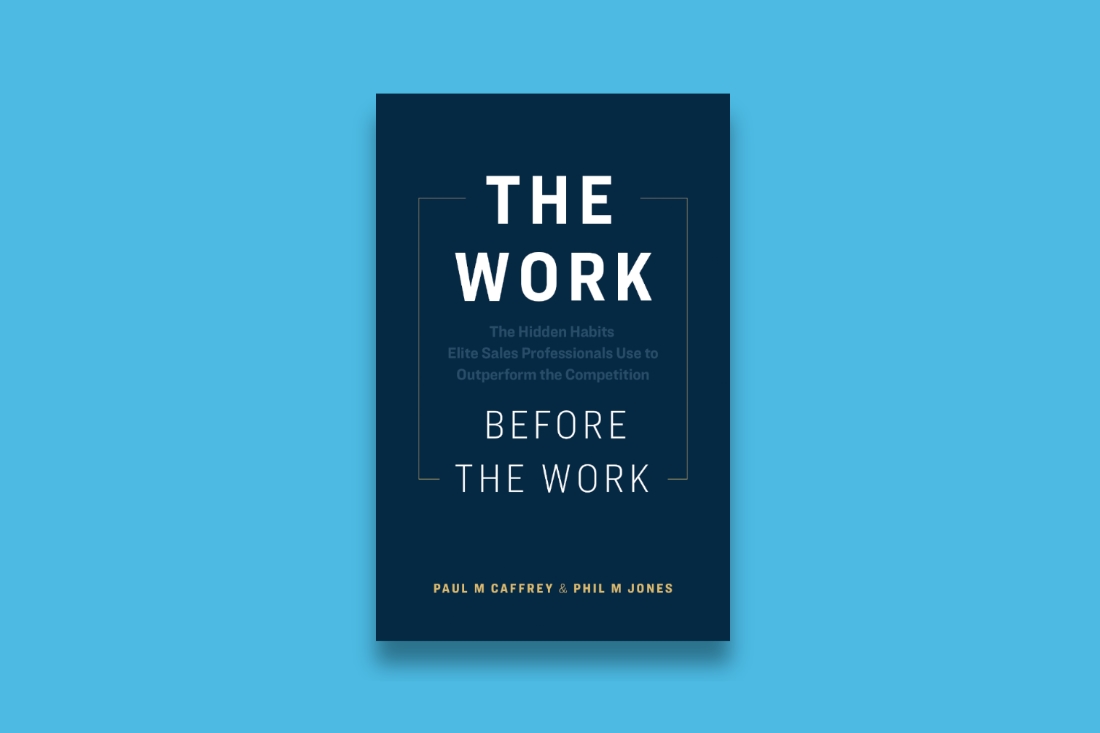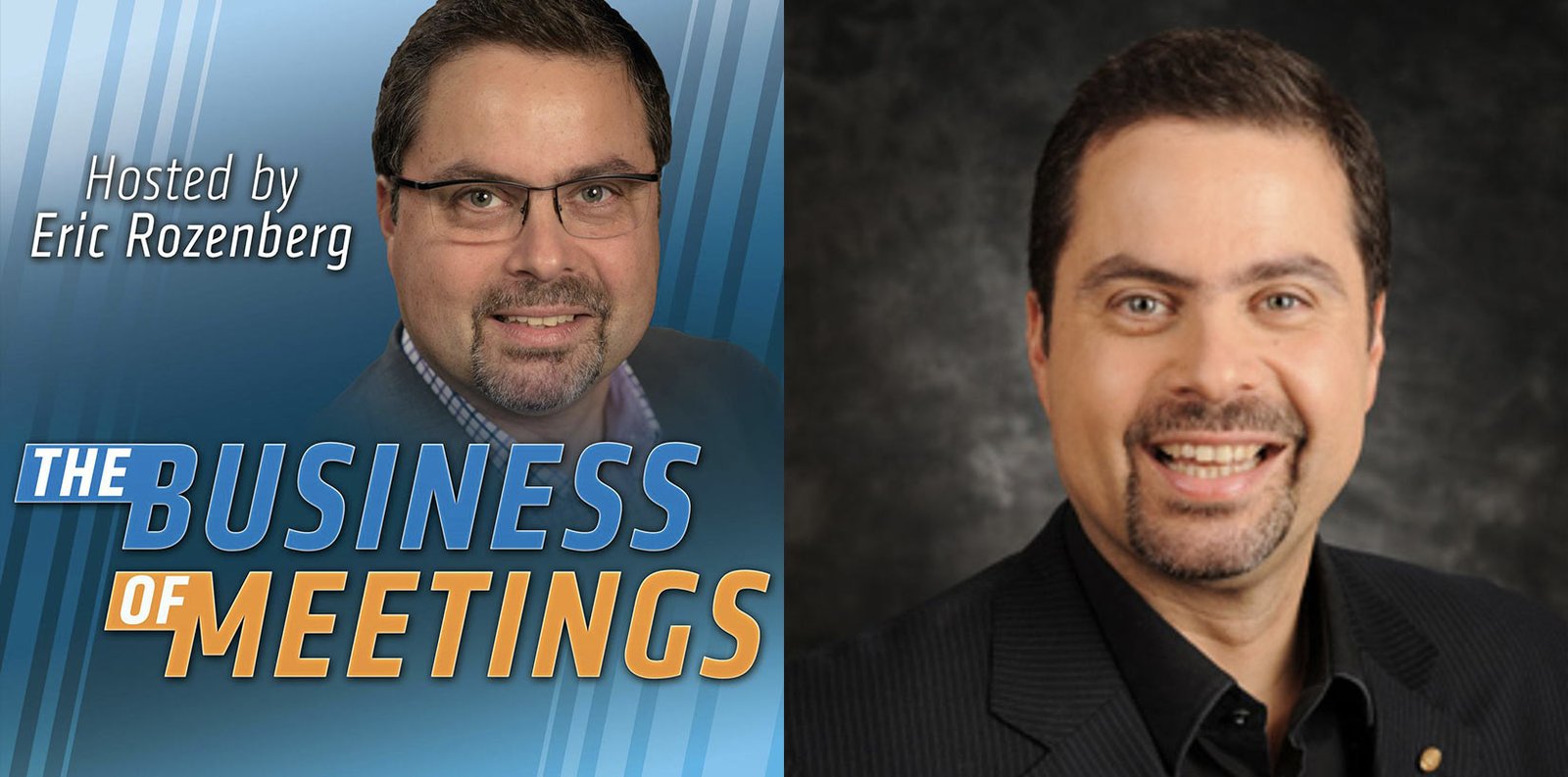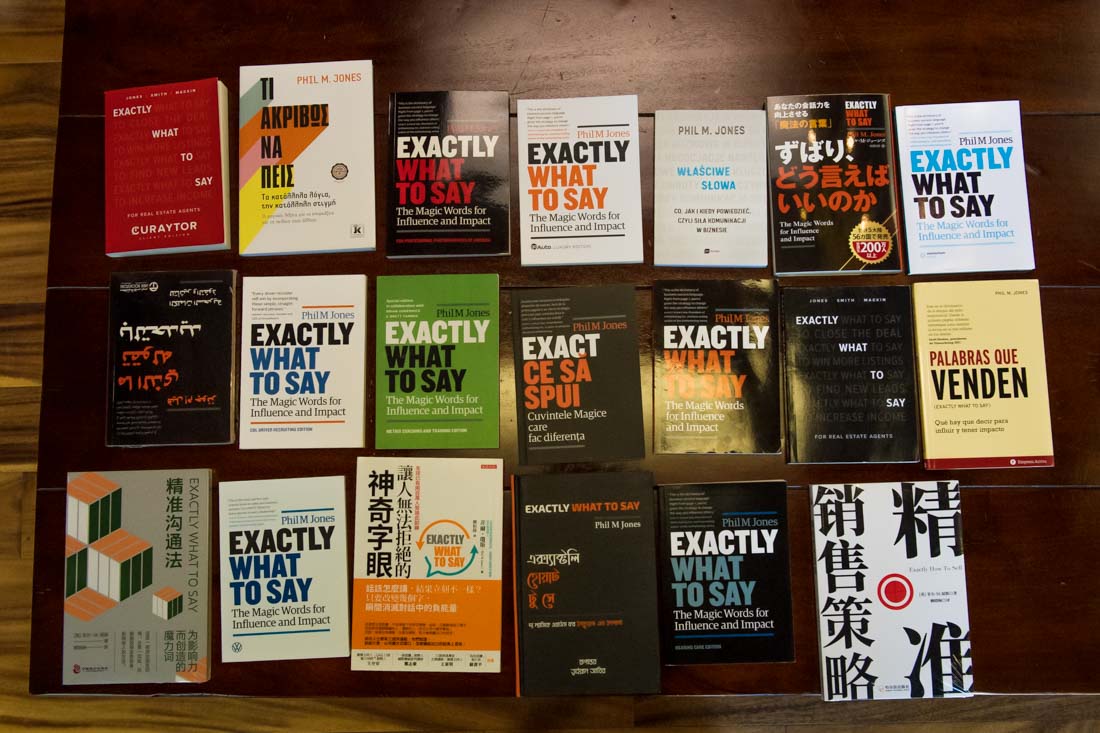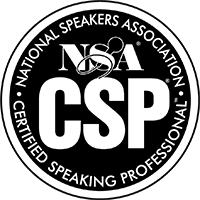Brilliant communicators and presenters aren’t born talented. They’re usually trained and have spent hours watching good speakers and presenters, carefully picking up on what they consider to be successful techniques and what appealed to them the most. If you learn the skills and techniques along with picking up some practice and experience, you too can soon be presenting like a pro.
First Impression
• Look the part – Consider who your audience is and how you want them to perceive you. Whether you like it or not, they’ll base their first impression entirely on how you look. That evaluation moves quickly from your hair, face, clothes and shoes to the way you move. Is your body language positive or negative?
• Before you open your mouth – Take a moment and ground yourself in your position. Make eye contact with your audience and smile. If you are nervous, apprehensive, unsure of your audience or unrehearsed, your body language will show exactly how you feel – and your feet are your biggest giveaway. Stepping back and forth or side to side, swaying or doing mini-dance routines are all signs that you’re not comfortable.
Second Impression
This impression takes precedent once you open your mouth. The way you speak makes a huge statement about your ability, your professionalism, your authority, your knowledge of a product or service and, of course, your confidence. You have just a few seconds to set this impression. Your opening should be well-rehearsed and draw your audience in from the very start. Examples of effective openings are as follows.
- Anecdotal story – Something entertaining that captures the attention of the audience
- Quotation – A famous (and relevant!) set of words complete with a citation
- Rhetorical question – Did you know…?
- Audience participation question – Who is here today to…?
- Profound statement – A bold statement, typically about the key outcome from the presentation
Third impression
This element relates to the content of your presentation and how the audience receives that information. This part is about how you present and not what you present. Important things to consider include:
• Pitch – Your voice is an instrument and can move up and down in tone. Varying your pitch creates variety for the audience and ensures you are easier to listen to.
• Pace – Imagine your favorite piece of classical music. It takes you on a journey and tells you a story through its rhythm and tempo. Similarly, using a variety of speeds can help your audience feel engaged with your presentation. Develop three speeds for your speech, with your standard speech pattern being right in the middle.
• Projection – People need to hear you and understand what you’re saying. Ensure that any supporting microphones are suitably attached to you (and avoid hand-held microphones at all costs).
• Pause – Most presenters speak way too fast. Schedule strategic pauses in your presentation. The silence adds power to your point and gives your audience room to catch up. You can also use pauses to replace all the “filler words” that find themselves into your standard speech.
• Passion – If you want the audience to care about what you’re saying, then you have to sound like you care about what you’re saying. Nobody in your audience will care more than you do!
• Posture – Aside from what comes out of your mouth, it’s your body language that really adds to a presentation. Stand confidently and openly, move with purpose and, above all else, watch what you do with your hands. Adding simple and clear hand gestures to your presentation brings some welcome drama to what you do and ensures that the audience will remain engaged. Developing between 6 and 20 conversational and literal gestures is all you need for an amazing presentation.
And here’s the rule for making your content flow and not sound like a lecture!
Fourth impression
This part has to do with the design and content of your presentation support, slideshow or visual materials. The first three elements might be working well, but this final element can ruin the whole presentation regardless of how well-established your other areas may be.
Presenters put their own presentations in danger by placing major emphasis on visual aids and relegating themselves to the minor role of narrator or technician. Remember that you are central to the presentation. Work to continually speak to the audience and not to the slides. The slides are there to support your message and should not be used as a crutch or as the entire message.
Sometimes you may need to explain complex issues that require detailed diagrams, but try to simplify each slide as much as possible. Bold-text statements, vivid colors and powerful images will win the visual stakes more easily than detailed diagrams.
Final Impression
You may have made an excellent impression all along the way, but remember that your audience will be watching and listening to you all the way until you bring your presentation to a close. I have witnessed far too many presentations that finish with the presenter being visibly surprised or relieved that the presentation has come to an end and simply shrugging their shoulders to the words “well, that’s it – thanks for listening” before shuffling off the stage. Closing the show ensures that you anchor your message and receive recognition for your effort. Example of ways you could close your presentation include:
• Summary – A short recap on the key points of your presentation using a memorable list
• Commitment to action – A rallying call with your audience engaging a response that’s relevant to your request
• Rhetorical question – Asking about how they may use the information you have just shared
• A polished closing statement – A well-rehearsed, powerful statement that proclaims the desired outcome of the presentation itself


